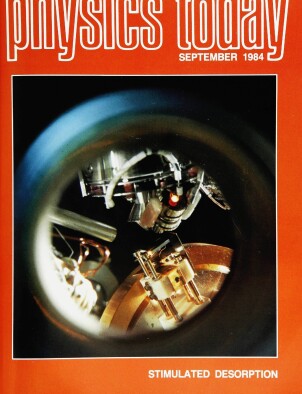Experiment and mathematics in Newton’s theory of color
DOI: 10.1063/1.2916400
On 18 January 1672 Isaac Newton wrote Henry Oldenburg, Secretary of the Royal Society, that he would send him a paper that he modestly described as “being in my Judgment the oddest if not the most considerable detection
This article is only available in PDF format
References
1. H. W. Turnbull, ed., The Correspondence of Isaac Newton, Cambridge U.P., Cambridge (1959), volume 1, page 82.
2. Reference 1, page 96. Oldenburg deleted this passage in the paper published in Phil. Trans.
3. A. E. Shapiro, ed., The Optical Papers of Isaac Newton, Cambridge University Press (1984), volume 1, page 439.
4. See A. E. Shapiro, Isis 71, 211 (1980).https://doi.org/ISISA4
5. See Z. Bechler, Arch. Hist. Exact Sci. 11, 1 (1973).https://doi.org/AHESAN
6. Reference 3, page 201.
7. Reference 3, page 542.
8. See Z. Bechler, Brit. J. Hist. Sci. 8, 101 (1975);
A. E. Shapiro, Arch. Hist. Exact Sci. 21, 91 (1979).https://doi.org/AHESAN9. Reference 1, page 187. This passage too was deleted by Oldenburg in the reply published in Phil. Trans.
More about the Authors
Alan E. Shapiro. University of Minnesota, Minneapolis.




